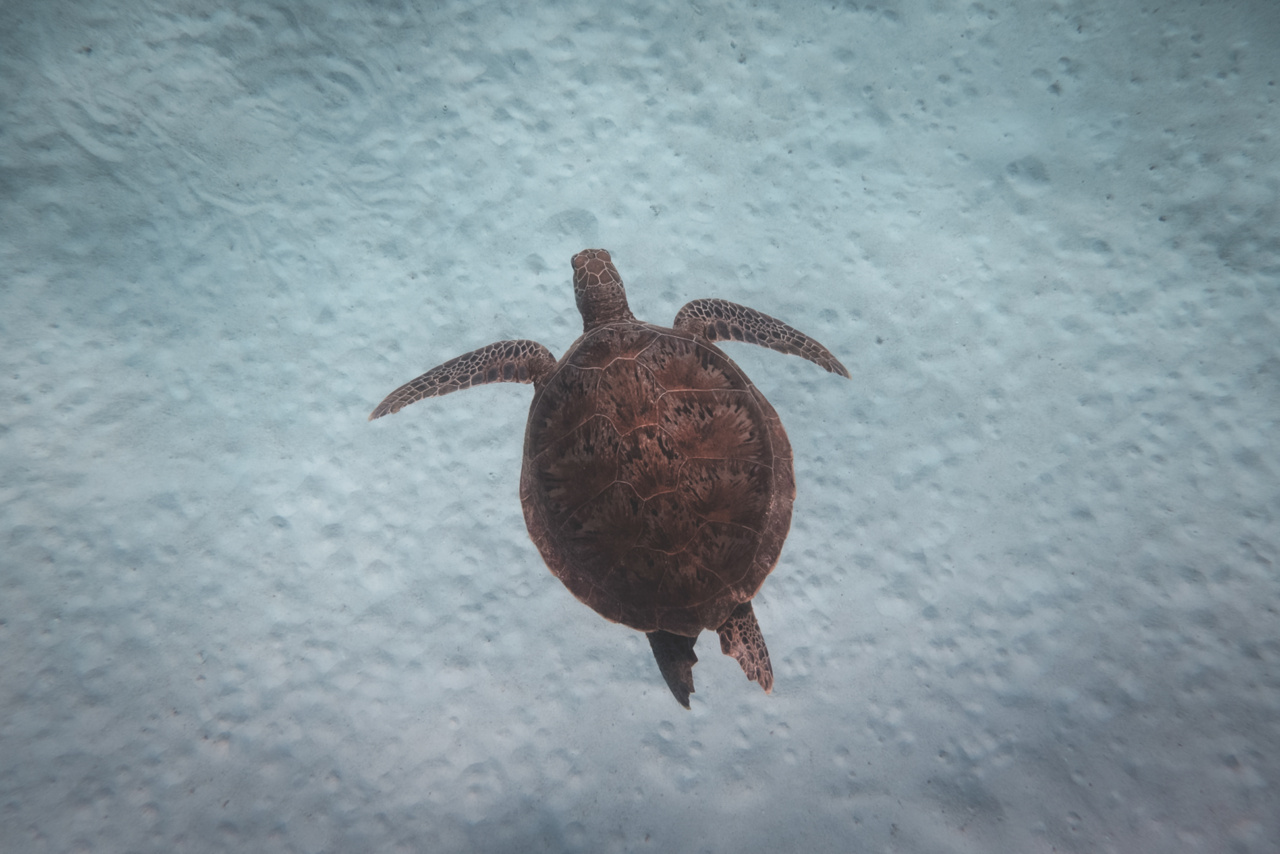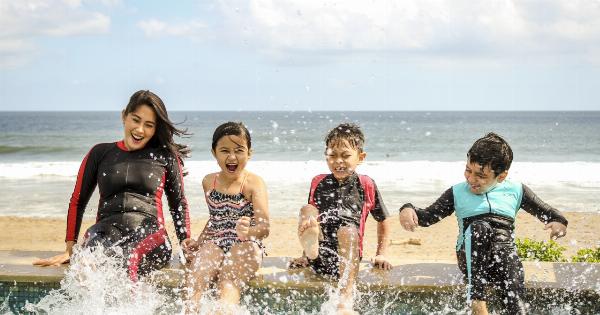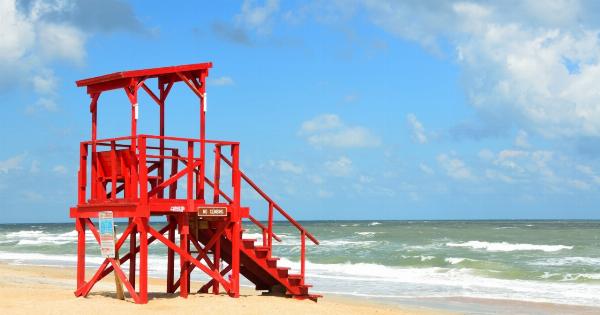Swimming is a great activity for children, providing both fun and exercise. However, one common issue that many parents face is water entering their child’s ears while swimming, especially in saltwater.
This can lead to discomfort, pain, and even ear infections. Fortunately, there are several preventive measures that can be taken to keep water out of a child’s ears. In this article, we will discuss ten effective methods to prevent water from entering your child’s ear while swimming in saltwater.
1. Use Earplugs
Earplugs are a simple and reliable way to prevent water from entering the ears. There are specially designed earplugs available for swimming that are waterproof and provide a secure fit.
It is essential to choose earplugs that are specifically made for children to ensure a comfortable fit and maximum effectiveness.
2. Create a Barrier with Petroleum Jelly
Before swimming, apply a thin layer of petroleum jelly around your child’s outer ear. This creates a barrier that helps prevent water from entering the ear canal.
However, it’s important not to push the petroleum jelly into the ear canal, as it can lead to blockage or earwax buildup.
3. Wear a Swim Cap
A swim cap covers the ears, preventing water from entering. This is especially useful for children with long hair, as it keeps the hair away from the ears and reduces the risk of water seepage.
Choose a latex or silicone swim cap that fits snugly but comfortably on your child’s head.
4. Use a Headband
A headband can effectively keep water out of the ears by covering them tightly. Look for a neoprene headband designed specifically for swimming, as they are water-resistant and comfortable to wear.
Ensure that it fits properly and doesn’t cause any discomfort to your child.
5. Tilt the Head Sideways
Teach your child to tilt their head sideways while swimming or immediately after getting out of the water. This helps drain any water that may have entered the ears. Gentle shaking of the head can also aid in removing excess water.
Encourage your child to empty their ears after swimming to minimize the risk of infection.
6. Try Ear Drops
Ear drops can help prevent water-related infections by drying out the ear canal. Look for over-the-counter ear drops specifically formulated for preventing swimmer’s ear.
Ensure that the ear drops do not contain any harmful chemicals or allergens that could irritate your child’s ears.
7. Limit Water Depth
For younger children or those prone to ear infections, it is advisable to limit swimming in deep areas. Staying in shallow water reduces the chances of water forcefully entering the ears.
Be cautious and ensure that the water depth is appropriate for your child’s swimming abilities and age.
8. Teach Proper Diving Techniques
When diving into the water, it’s important to teach your child the correct technique to prevent water from entering the ears. Encourage them to hold their nose and dive straight, minimizing the chances of water forcefully entering their ears.
Proper technique can significantly reduce the risk of water-related ear issues.
9. Dry Ears Thoroughly
After swimming, thoroughly dry your child’s ears with a soft towel. Gently tilt their head to each side to allow any trapped water to drain out.
Wiping the outer ear and the area behind it helps prevent moisture buildup, reducing the risk of infections.
10. Keep the Ears Clean
Maintaining clean ears is essential for preventing ear infections. Regularly clean your child’s outer ears with a soft cloth or cotton swab to remove any dirt, sweat, or pool chemicals.
Avoid inserting anything into the ear canal as it can push dirt further inside and potentially cause damage.





























